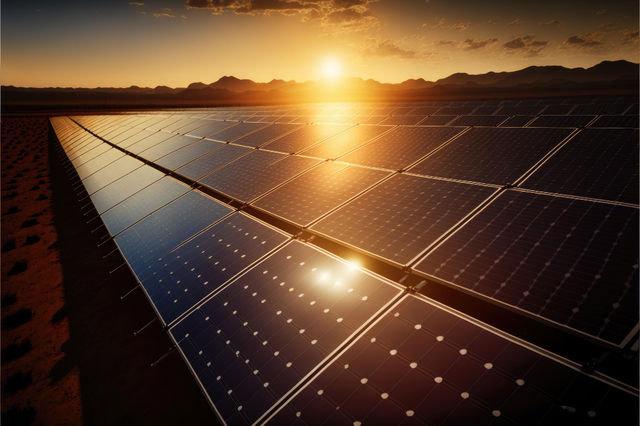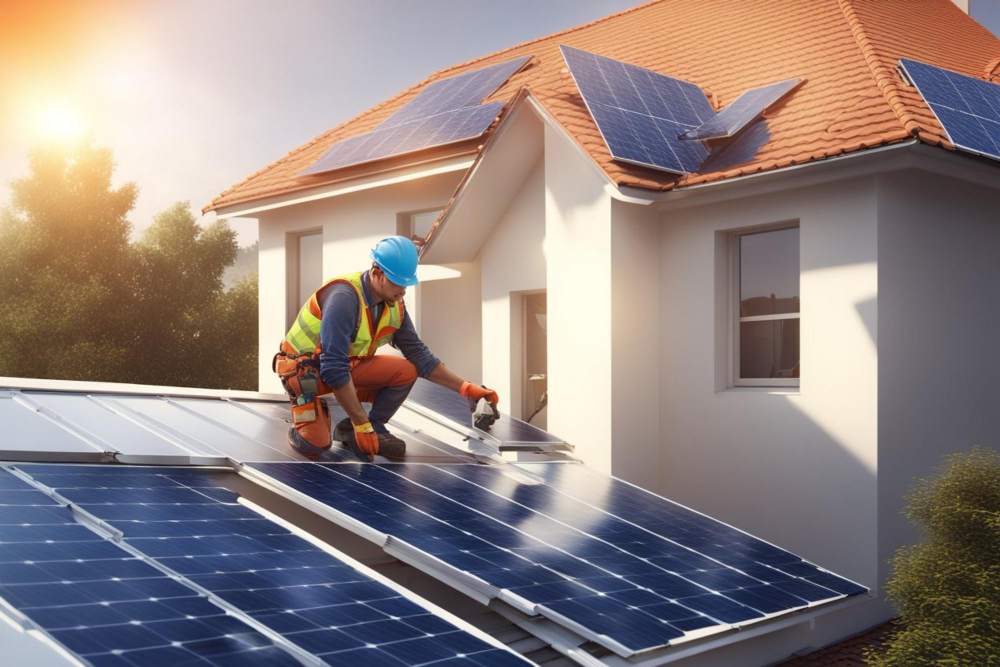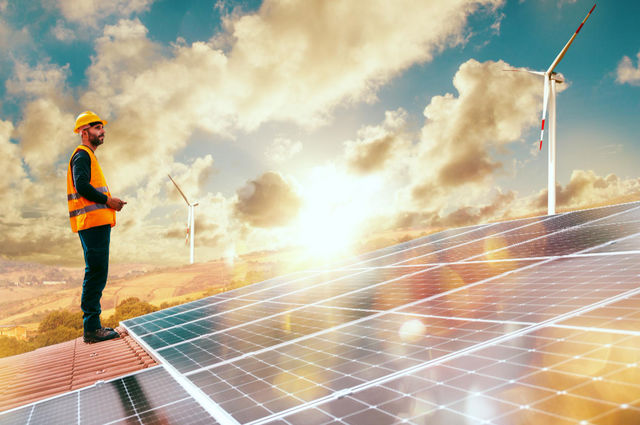Welcome to the ultimate guide on the financial journey of solar panels in the Sunshine State. In this comprehensive article, we will delve into the intricate details of how long it takes for solar panels to pay for themselves in Florida, exploring the various factors, applications, and challenges associated with this sustainable investment.
Harnessing Florida’s Solar Potential
The Solar Landscape in Florida
Florida, with its abundant sunshine, offers a prime environment for solar energy utilization. Discover how the state’s unique solar conditions contribute to the efficiency and effectiveness of solar panels.
Economic and Environmental Benefits
1. Financial Savings
Uncover the potential financial savings that come with solar panel installations. We will explore the various ways homeowners and businesses can benefit economically from harnessing solar energy.
2. Environmental Impact
Delve into the positive environmental impact of solar energy, including reduced carbon footprint, lower greenhouse gas emissions, and contributing to a more sustainable future.
Factors Influencing Solar Payback Period
1. Installation Costs
Explore the upfront costs associated with installing solar panels and how these costs influence the overall payback period.
2. Energy Consumption
Understand how your current energy consumption patterns affect the time it takes for solar panels to pay for themselves.
3. Government Incentives
Navigate the landscape of government incentives, tax credits, and rebates that can significantly impact the financial equation of solar investments.
The Florida Solar Experience
1. Case Studies
Gain insights from real-life case studies of Florida residents and businesses who have experienced firsthand the financial benefits of solar panel installations.
2. Customer Testimonials
Hear from solar panel users about their experiences, challenges, and the overall satisfaction of investing in solar energy.
Frequently Asked Questions
Q: What is the average payback period for solar panels in Florida?
A: The payback period can vary based on factors like installation costs, energy consumption, and incentives. On average, it ranges from 5 to 12 years.
Q: How do government incentives impact the payback period?
A: Government incentives, such as tax credits and rebates, can significantly shorten the payback period by reducing the initial costs.
Q: Can solar panels generate surplus energy that can be sold back to the grid in Florida?
A: Yes, through net metering programs, surplus energy generated by solar panels can be sold back to the grid, providing additional savings.
Conclusion: Navigating the Solar Financial Landscape
In conclusion, understanding how long it takes for solar panels to pay for themselves in Florida involves a nuanced analysis of various factors. As you embark on this solar journey, leverage government incentives, optimize energy consumption, and explore real-life experiences to make informed decisions that not only benefit your wallet but also contribute to a greener and more sustainable Florida.
Click here to dive deeper into Florida’s solar payback period and start your journey towards solar-powered savings!
Note: This guide is intended for informational purposes only. For personalized advice, consult with qualified solar professionals.








